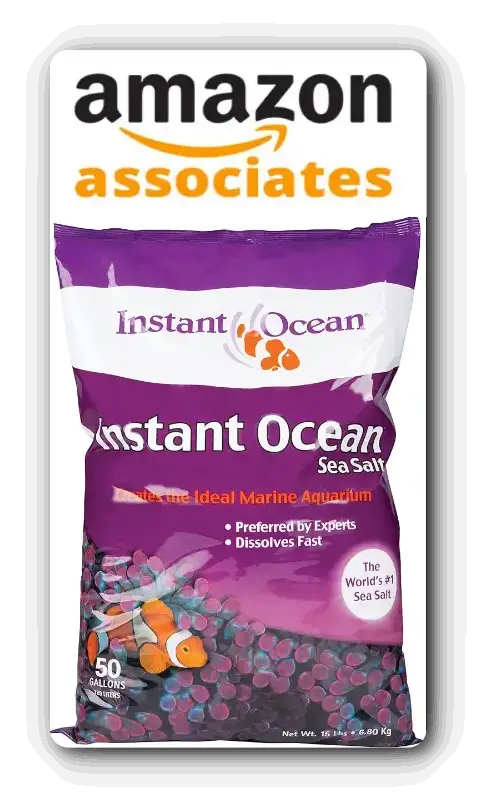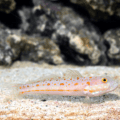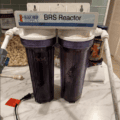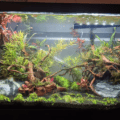If this is your first saltwater aquarium, you may wonder how to create the best environment for your friends. Rest assured, this comprehensive guide is designed to cater to both beginners and experienced aquarists, providing step-by-step instructions on how to make saltwater for aquariums.

Making a saltwater aquarium is not as simple as it may seem. It’s not just about adding table salt to the water and calling it a day. It’s a process that requires careful preparation and measurement.
You’ll need essential equipment like pumps and thermometers, and you’ll have to select the right sea salt mix to ensure your marine fish thrives. Every element has to be meticulously measured to ensure your DIY saltwater is suitable for marine life.
How to make saltwater for your aquarium fish at home?

Most aquarists keep saltwater aquariums to experience the beauty of marine fish and corals. However, you don’t have to make your own saltwater; some aquarium stores supply it, but other aquarists like the process of making saltwater.
It is more cost-effective to make your own aquarium saltwater, as it ensures you provide the best option for your fish and reduces the chances of algae blooms often gotten from the pre-mixed options sold in aquarium stores.
The quality of premixed options is questionable; they might have been on the shelf for months, collecting dust. Some aquarists have also claimed that they cause algal blooms, so it’s best to avoid them, and it’s also cost-effective.
The saltwater preparation you choose ensures the water quality you provide for your fish, which is also a testament to your fishkeeping skills. You’ll be able to control the environment your fish lives in.
Choosing the right saltwater mix, heater, and pump instead of buying a pre-mixed option is cost-saving and also helps you with algae control. Knowing how to make saltwater is one of the marine aquarium basics any fishkeeper should know.
To make saltwater, you need to get some necessary equipment; you’ll need
- Submersible thermometer
- Sea salt mix
- Submersible pump or powerhead for water circulation
- A hydrometer or refractor to measure salinity
- Water container
- Aquarium heater
To make seawater, you need marine salts, and several brands are available on the market. Instant Ocean is the most cost-effective option. It is affordable, mixes well, and provides results on par with some expensive brands.
Red sea salt is also a good option for setting up a reef tank. It provides a perfect mix of minerals that enhance coral growth and color.
Regarding container size, you can use a plastic bucket to mix the saltwater if your tank is too small. If that’s not the case, using a plastic drum would be better and more efficient. That way, you can mix all the saltwater you need in a single batch.
Ensure the plastic container you’re using is clean. If it has been used for other purposes and you suspect it may have contaminants, it’s better to get a new container to avoid contaminating the saltwater. Spending a few bucks on a new container is better than spending more money after destroying your tank.
After getting all the necessary equipment, it is time to get into the process of making salt water.
1. Fill a container with dechlorinated water

Deciding on your water source is the first step to getting a proper saltwater mixture. Using tap water is not an option; most tap water contains high levels of nitrates, or the mineral balance may be off, which could throw off your entire mixture.
Most water treatment facilities treat tap water with chlorine or chloramine, which is hazardous for fish health and kills the beneficial bacteria that get rid of waste in the aquarium.
The ideal water to use would be distilled water, but you’d barely find that in a regular household, so to make tap water safe for use, you need to dechlorinate the water to rid it of chlorine and chloramine.
Dechlorinating water can be done in two ways, either naturally or by using water conditioners; you can wait for the chlorine gas to pass out, but most tap water is treated with more stable chloramine.
Another method of natural de-chlorination you can try is boiling, but it is impractical to boil water you intend to keep fish in, so it’s best to opt for a water conditioner. Seachem Prime will do the job.
Due to how sensitive marine life is, most aquarists avoid using tap water in their tanks without purifying it. They use an RO/DI system for tap water purification; it is a set of filters placed in your tap that runs the tap water through different levels of purification, such as reverse osmosis (RO) and deionization (DI).
However, not everyone with a thriving aquarium uses the RO/DI system.
2. Place a water pump and a heater at the bottom of the container
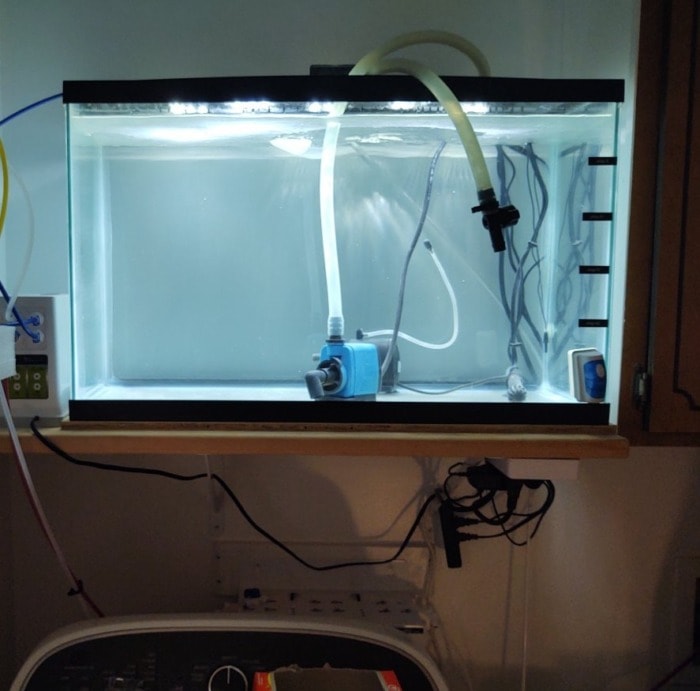
The water temperature in your tank will determine how fast the salt will dissolve; at colder temperatures, salt dissolves slower. Using a heater will reduce the time it takes for the salt to dissolve completely.
The ideal temperature for salt to completely dissolve into saltwater is between 75 and 78°F (between 23.8 and 25.5 °C); anything higher and you risk precipitation forming.
Circulation also aids in optimal mixing; proper heat distribution and circulation ensure the salt is dissolved correctly. When salt particles are in motion, the turning force makes the salt dissolve faster; combining both processes ensures saltwater preparation efficiency and eliminates the chances of salt rescue forming.
3. Add a sea salt mix into the water and stir
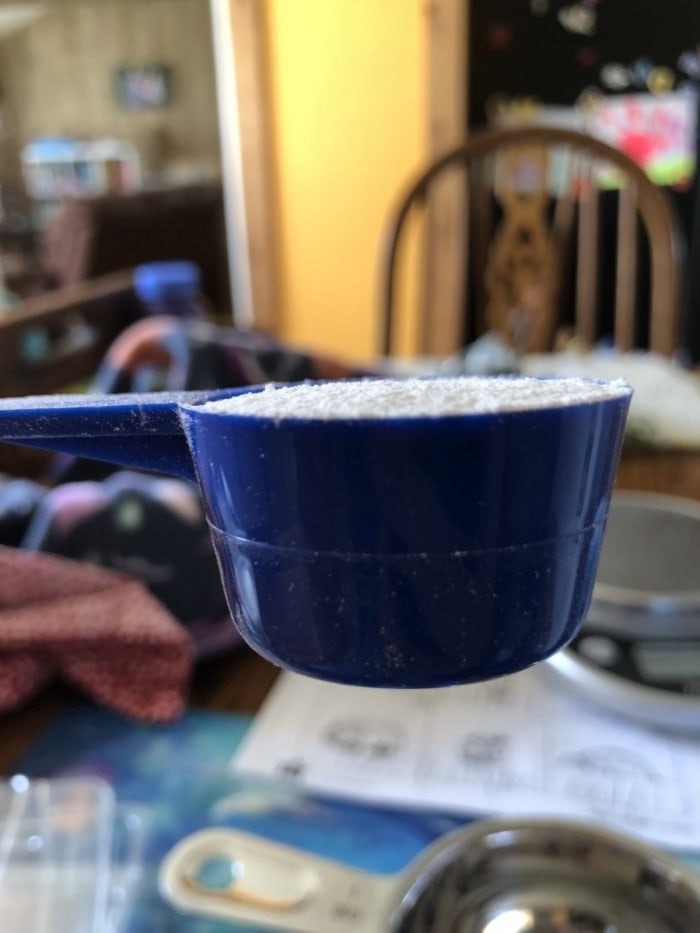
As mentioned before, it is important to understand that you can’t use regular table salt to make saltwater for fish; you need sea salt from an aquarium store. After getting the salt, read the instructions carefully to avoid missteps and get the proper ratio of sea salt to water. Most brands recommend adding half a cup of sea salt per gallon, but there is an exception to this rule.
It is better to use less salt than is recommended on the label; if the salinity of the water is too low, you can always add more. While adding the sea salt to the water, make sure you stir simultaneously.
Gradually adding the sea salt while stirring is best for proper salt dissolution; if you add the entire cup of sea salt into the water at once, it will settle at the bottom, making it hard to dissolve, which could lead to precipitation.
Never add sea salt directly into an aquarium, especially one with live fish; it could cause irreparable damage to your fish and marine plants. Always mix the saltwater in a different container and monitor the salinity to ensure marine ecosystem safety.
4. Use a refractometer or a hydrometer to measure the specific gravity of the water
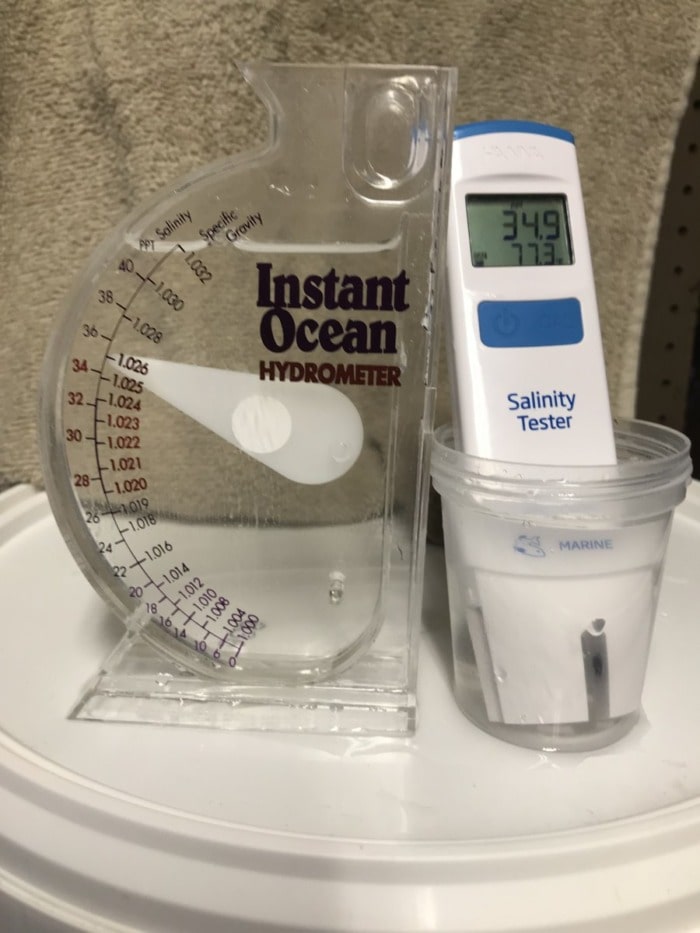
After mixing the salt solution and the cloudiness has cleared from the water, it should be ready for use, but you still need to measure the salinity. A refractor and hydrometer are known as the most precise aquarium tools to use in measuring salinity. Salinity can be measured in two ways. The first option is using a hydrometer to measure the specific gravity of the water.
Specific gravity is the ratio of the density of a substance in reference to a given substance. In this instance, our reference material is water and we’re comparing the water density to salt.
Sea water usually has a specific density of 1.025 to 1.026, so yours should fall within that range.
The second method for measuring salinity is using a refractor; it is more reliable than a hydrometer. A refractor uses both specific gravity and salt concentration in PPT (parts per thousand), which is the amount of dissolved salt in water.
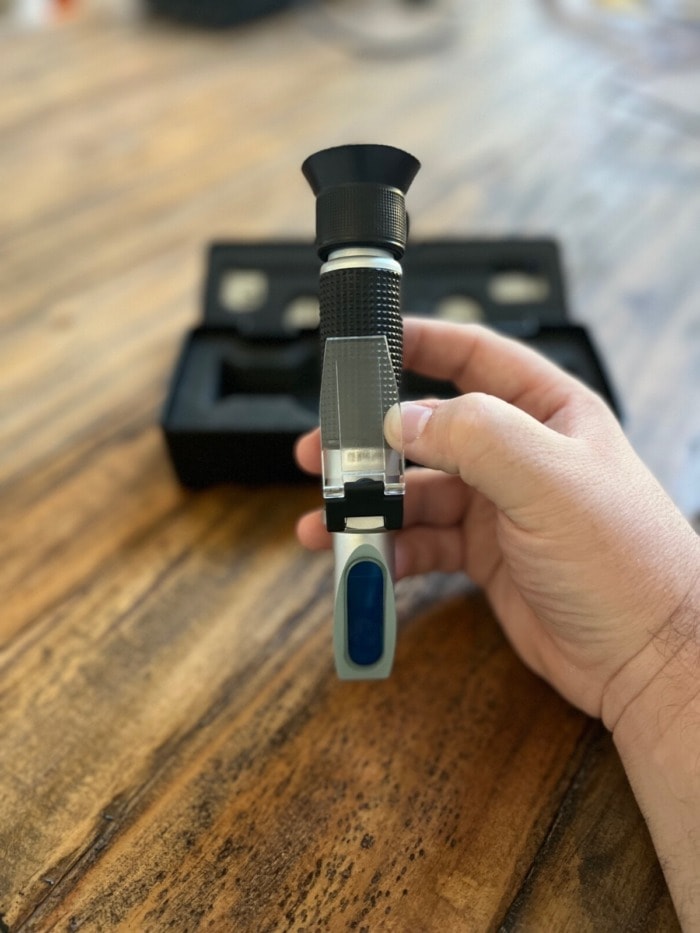
They work by measuring light refractions to determine the level of salinity; when light hits the water, it refracts at a certain angle; the degree of the angle depends on the salt concentration in the water. Seawater usually has a PPT of 35, so measuring the angle will also show you the density of the solution.
After measuring your saltwater and it falls under 35 PPT, it is best to add more salt to the solution, to get the exact amount, you’ll need to add 4.44 grams of salt per 3.78 liters of water to reach your target. This equals 2.4 pounds of seal salt for 120 gallons of water.
Use a salinity calculator if you require extra help with the values.
Storing and Using Your Saltwater
An increased number of aquarists make saltwater in larger batches, but the question now is how long can sea water be stored?
To store salt water, you must keep the solution in a clean, airtight container after ensuring the mixture parameters are stable. To ensure saltwater longevity, it’s advised not to store saltwater for longer than 3 weeks. Keeping it heated and in a dark area will release any trapped gas and prevent algae growth and pH adjustment.
When introducing the newly mixed saltwater into your aquarium, you must do it slowly for gradual acclimation. Performing a water change can be stressful for your fish, so slowly introducing them to the water is best to avoid shock.
For proper aquarium maintenance, make sure the water parameters stay stable so you can always use it when you need to prevent an aquarium crash.
Troubleshooting Common Problems
The most common mistake aquarists face when making salt water is cloudiness; there is no need to worry as this usually passes after a while; the salt needs to dissolve for the water to clear properly. If you have waited hours and the water isn’t clearing up, the best option to troubleshoot this problem is to check the salinity parameters.
To ensure saltwater clarity, patience is the best solution. High or low salinity can be problematic if you’re not patient enough for the salt to dissolve. Use a hydrometer or refractor to ensure your DIY saltwater is suitable for use and doesn’t require any salinity adjustment.
Conclusion
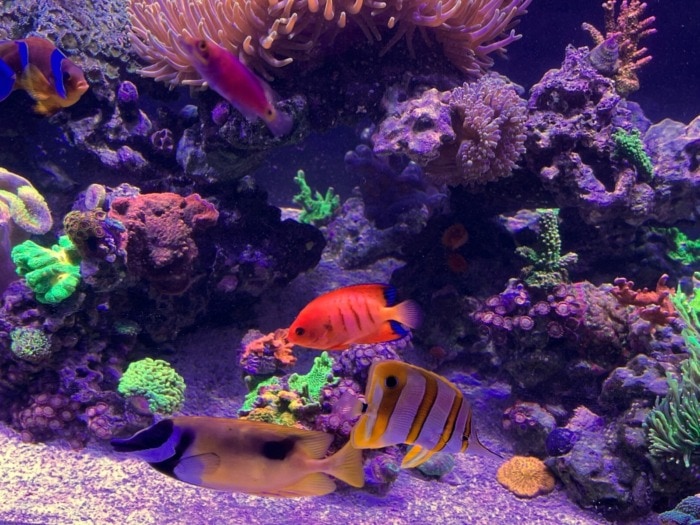
Setting up a marine aquarium may seem daunting, but with this guide, you’ll make usable saltwater in no time.
Whatever fish you may have picked for your aquarium will have a healthy home to live in, and you will have gained a valuable skill.

